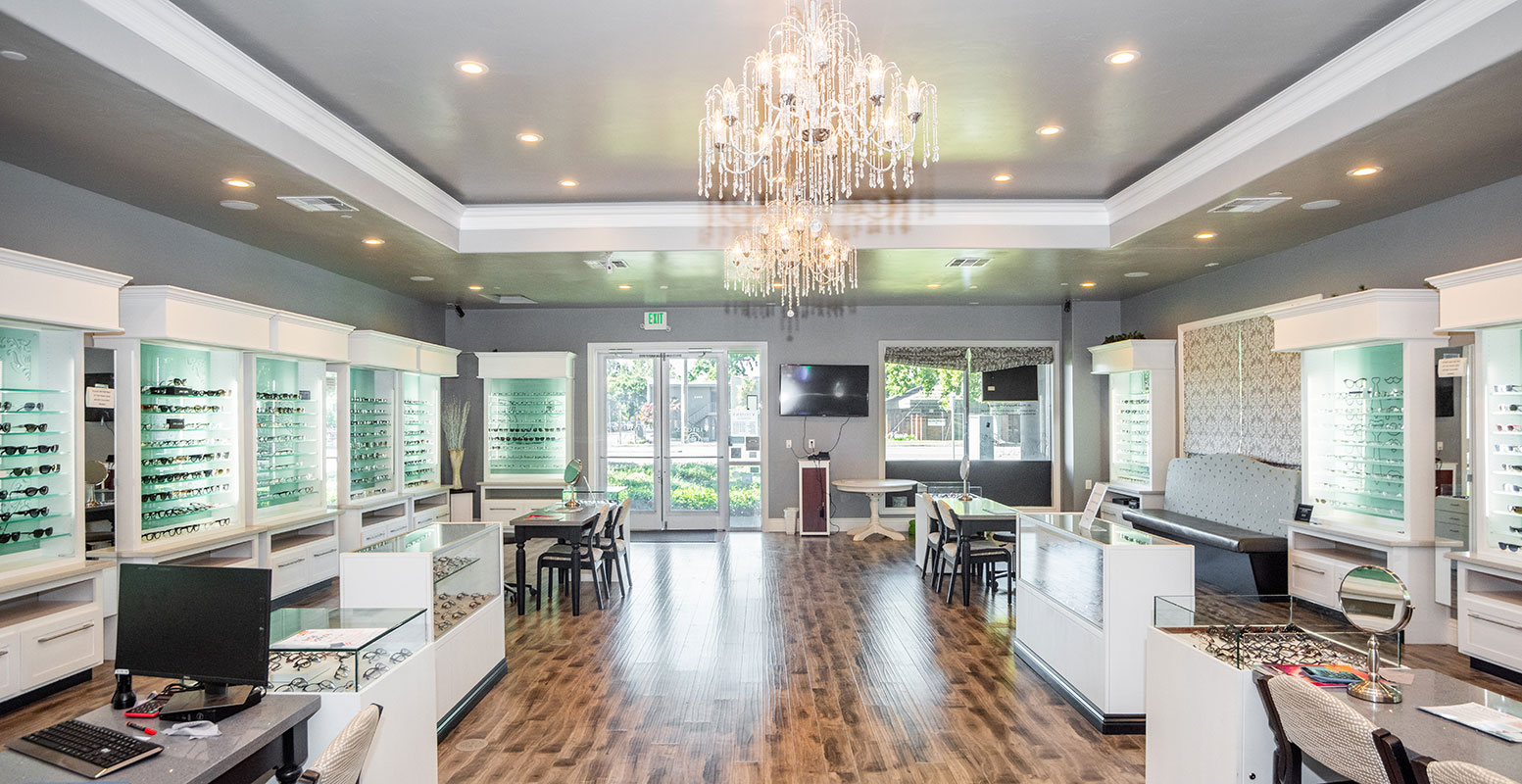Leading Factors to See an Optometrist Chino for Your Eye Health
Leading Factors to See an Optometrist Chino for Your Eye Health
Blog Article
Exploring the most up to date Technical Innovations in Optometry and What They Mean for Eye Doctors
In the ever-evolving field of optometry, recent technical advancements are improving exactly how specialists approach eye treatment. From the accuracy of Optical Coherence Tomography to the nuanced insights supplied by AI-driven analysis devices, these innovations are establishing new criteria in person assessment and therapy. Teleoptometry is poised to redefine access, making sure that competence goes beyond geographical constraints. As these improvements penetrate the practice, optometrists are faced with the obstacle of welcoming these tools to improve client end results. Yet, the concern remains: how will these technical shifts redefine the functions and duties within the profession?
Advancements in Diagnostic Equipment
Progressing the area of optometry, technologies in analysis devices have actually transformed the way eye care experts evaluate and detect ocular problems and aesthetic problems. The previous decade has actually observed considerable technological advancements, allowing more thorough and exact assessments. Optical Comprehensibility Tomography (OCT), for example, provides high-resolution cross-sectional pictures of the retina, enabling the early discovery of diseases such as glaucoma and age-related macular degeneration. This non-invasive imaging strategy has actually become crucial in contemporary optometric practice.
An additional trick advancement is the introduction of innovative corneal topography systems, which map the surface curvature of the cornea with precision. These devices are especially useful for fitting get in touch with lenses and detecting corneal problems. Digital retinal imaging has actually transformed standard ophthalmoscopy, using comprehensive, panoramic sights of the retina that help with thorough aesthetic exams.
The advancement of wavefront aberrometry has also been important, enabling the analysis of refractive errors with unparalleled precision (Optometrist Chino). This modern technology aids in tailoring corrective lenses and improving medical results for refractive surgical treatments. Jointly, these analysis innovations encourage eye doctors to deliver remarkable client care, guaranteeing early intervention and tailored therapy techniques, inevitably improving aesthetic health and wellness end results
AI in Patient Monitoring
Structure on the structure of sophisticated diagnostic devices, the incorporation of man-made knowledge (AI) in individual management stands for a transformative leap for optometry. AI systems are increasingly used to improve efficiency, precision, and customization in client care.
Furthermore, AI-driven platforms promote structured patient communications and administrative procedures. Automated scheduling, virtual assessments, and customized follow-up plans not just boost client fulfillment however also enhance time monitoring for professionals. These systems can triage patients based on the necessity of their conditions, making sure that those in critical need receive punctual attention.
Furthermore, AI boosts decision-making by giving optometrists with evidence-based suggestions and treatment pathways. By integrating data from digital health documents, AI devices provide insights that inform professional decisions, lowering the threat of mistakes and boosting person results. As AI continues to develop, its duty in person monitoring will likely expand, reshaping the landscape of optometric treatment.
Breakthroughs in Retinal Imaging
In the realm of optometry, retinal imaging has actually seen impressive technological improvements that are enhancing diagnostic capacities and person care. Innovations such as Optical Coherence Tomography (OCT) and fundus photography have transformed just how optometrists assess the retina and envision.
Improved imaging methods redirected here like OCT angiography are more refining diagnostic accuracy. This non-invasive method maps blood circulation in the retina, offering important understandings right into vascular health without the requirement for color shots. In addition, flexible optics innovation is being integrated right into retinal imaging systems to deal with eye aberrations, supplying extraordinary image quality. Such innovations facilitate the identification of minute retinal modifications that could signify disease development.
Additionally, developments in fabricated intelligence are augmenting retinal imaging by making it possible for automatic evaluation of huge datasets. These systems assist optometrists in recognizing patterns a sign of pathology, consequently enhancing diagnostic accuracy and performance. Collectively, these developments are changing retinal imaging right into a cornerstone of contemporary eye treatment, boosting outcomes and expanding healing possibilities.
Teleoptometry's Growing Duty
Teleoptometry is progressively becoming an essential part of eye treatment, driven by advancements in data and diagnostic tools. As optometry embraces digital improvement, teleoptometry facilitates remote consultations, permitting optometrists to expand their solutions beyond conventional boundaries. This is particularly useful in rural and underserved locations where access to specialized eye treatment is typically restricted. By leveraging high-resolution video clip conferencing and progressed retinal imaging, optometrists can conduct detailed eye exams from afar, guaranteeing timely medical diagnosis and therapy.
The combination of synthetic knowledge (AI) further improves teleoptometry, allowing the evaluation of visual information and helping in the detection of ocular problems such as glaucoma and diabetic person retinopathy. AI-powered algorithms can swiftly interpret complicated imaging information, giving optometrists with useful insights that bolster medical decision-making.
Additionally, teleoptometry supports continuity of treatment with seamless assimilation with digital health and wellness documents (EHRs), permitting eye doctors to maintain extensive patient backgrounds. This guarantees that patients receive regular and customized treatment even when seeking advice from different experts.
Despite these benefits, challenges continue to be, consisting of ensuring data protection and managing patient assumptions. However, teleoptometry stands for a considerable stride towards even more easily accessible, reliable, and patient-centered eye care. As innovation develops, its function is why not check here positioned to expand further.

Future Trends in Eye Treatment
A myriad of innovative fads is readied to improve the future of eye treatment, driven by technological advancements and the progressing requirements of people. One considerable fad is the integration of synthetic intelligence (AI) in diagnostics, which promises to enhance the accuracy and performance of eye examinations. AI algorithms can examine substantial quantities of information from retinal images, possibly spotting problems like diabetic person retinopathy and glaucoma earlier than traditional methods.
Moreover, customized medication is acquiring grip in optometry, with hereditary screening informing personalized treatment plans. This strategy intends to optimize client outcomes by tailoring interventions to individual hereditary profiles. Wearable innovation, such as clever contact lenses, is likewise imminent, supplying real-time monitoring of intraocular pressure or sugar levels, thus providing constant understandings into systemic and eye wellness.
The adoption of enhanced truth (AR) and More about the author virtual truth (VR) in training and person education is an additional emerging fad. These innovations offer immersive experiences that can enhance understanding and skills both for eye doctors and individuals. As these trends evolve, optometrists should remain abreast of technological innovations to supply innovative care, ensuring improved individual results and complete satisfaction in the dynamic landscape of eye care.
Final Thought

Collectively, these analysis developments equip optometrists to supply premium patient treatment, ensuring very early treatment and tailored treatment approaches, ultimately improving aesthetic health and wellness results.

As these modern technologies continue to advance, optometrists need to adapt and incorporate them into technique, eventually enhancing process performance and raising the requirement of eye treatment provided to clients.
Report this page